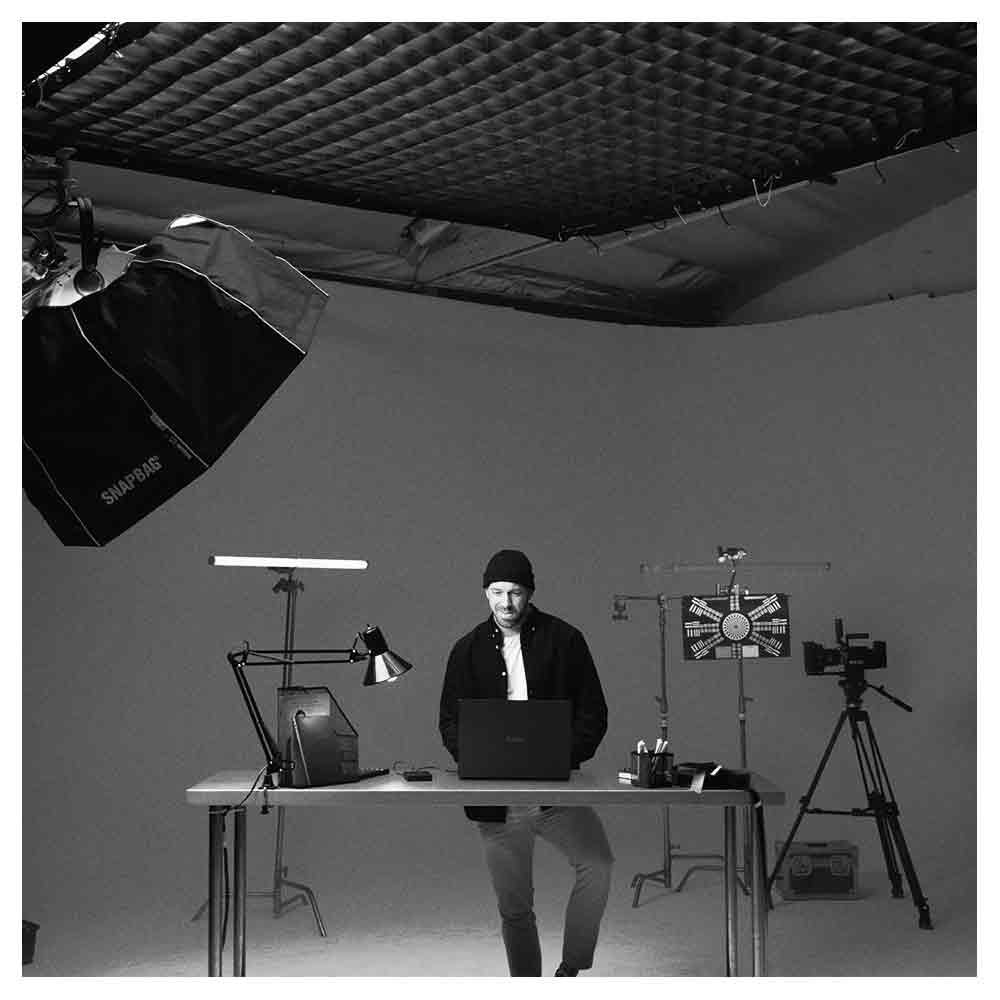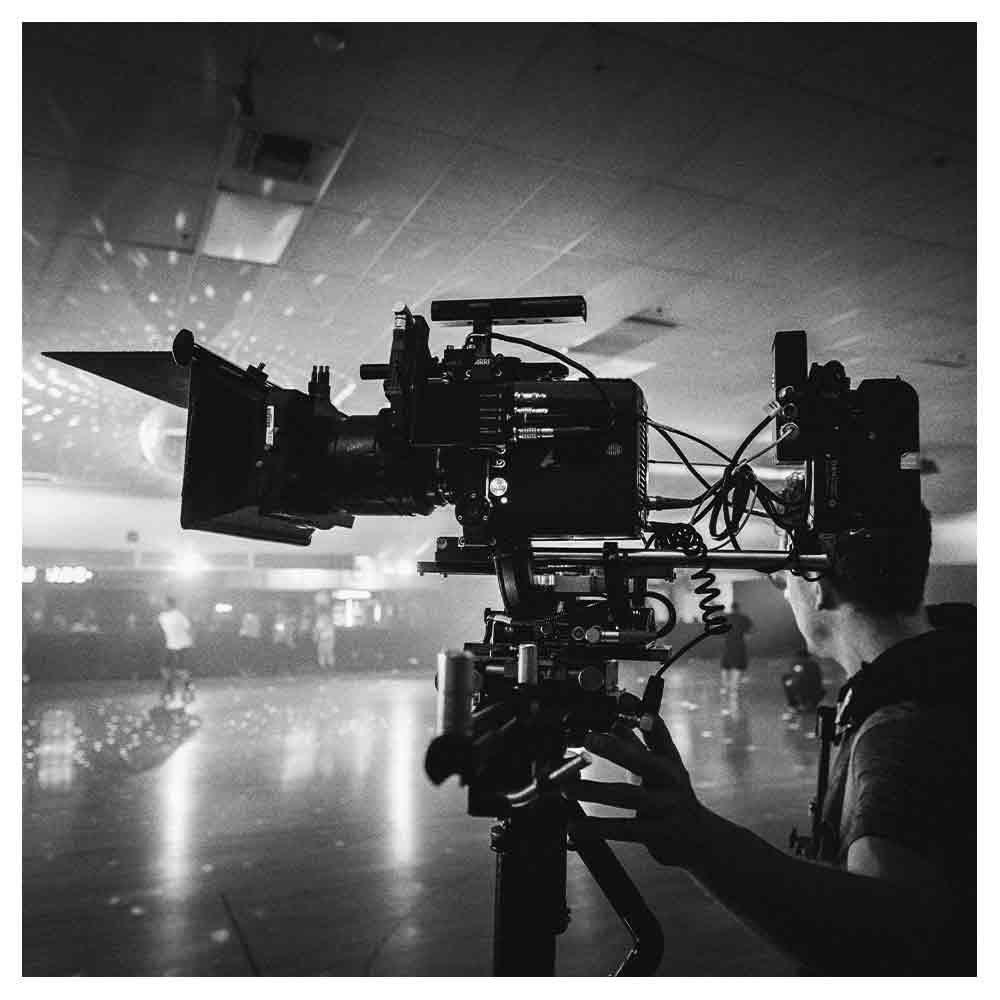The Unsung Heroes: The Intricacies of Music Video Credits
Ah, music videos! Remember when you would sit in front of the TV, tuning into MTV, eagerly waiting for your favorite songs to appear in full cinematic glory?
Those mini-movies have always been a fascinating blend of music, drama, dance, and creativity. But have you ever stayed long enough to watch the scrolling names and titles at the end?
The music video credits.
Why Music Video Credits Matter
Often overshadowed by the main content, these credits are a testament to the hard work and passion of a diverse group of individuals. They're not just names. They're storytellers.
Director and Directors: They're the visionaries, shaping the narrative.
Cast Credits: These are the main and supporting actors bringing the story to life.
Crew Members & Production Team: The unsung heroes, ensuring the video's smooth creation.
Decoding the Credits
Title Music Video Credits: This is where the song title and artist's name usually appear prominently. Have you ever seen "Bad Blood" by Taylor Swift? Yeah, that's the one!
Music Department: These folks ensure the soundtrack is on point.
Composer Credit: The genius behind the song itself.
Record Label: Have you ever wondered who sponsored the video or which label the artist belongs to? Look no further.
Exploring Further
In today's age of YouTube music, where every artist – from emerging to established – can post their creations, understanding credits becomes even more vital.
We see different videos from various locations, playing diverse sounds and themes. How many times have you ended up searching for the songwriter or the character name of that mysterious woman performing in the background?
The Challenges
But there's a twist. With the ease of creating and uploading videos to platforms like YouTube, many videos often miss out on giving full credit.
It's essential for copyright holders, including the crew, producers, and actors, to get their due recognition.
This is where templates come in handy! Creating a standard template for music video credit ensures everyone's credited correctly.
Looking Ahead: The Future of Music Video Credits
As we move forward, there's hope that credits will become more interactive. Imagine clicking on a director's name and being redirected to a site with all their movies, documentaries, and other works.
Or perhaps pausing on a song title to download the lyrics or view additional information.
In Conclusion
Whether it's about talk show appearances or announcements on the latest release, giving credit where it's due adds integrity to the work presented. Every mention, every note in the description, and every edit matters.
So, next time you groove to the latest hits or get lost in the storytelling of a music video, take a moment to appreciate those credits. Dive deep, explore the links, and give a silent nod of appreciation to every name that flashes by.
Remember, every video is somebody's hard work, and every credit is a story.
Frequently Asked Questions About Music Video Credits (FAQs)
What are music video credits?
Music video credits are the acknowledgment and recognition given to individuals and entities involved in creating a music video.
They include the names of the music video director, cast, crew members, production team, composer, songwriter, and many more. Think of them as the "credits roll" at the end of movies; only these are for music videos.
Why is the title music video credits important?
The title music video credits prominently display the song title and the artist's name. For example, "Shake It Off" by Taylor Swift.
This gives viewers immediate information about the song they're watching and who performs it.
I noticed different videos have varying credit styles on YouTube Music. Why is that?
With platforms like YouTube Music, artists and creators have the freedom to create and design their credits.
As a result, different videos might adopt different styles and templates or even choose to display other credits not typically seen in most music videos.
How can I find out about the people behind my favorite songs?
Most often, you can find out about the magic-makers behind the scenes through the music video credits at the end of the video.
These will mention the director, actors, crew, songwriter, and others involved. Additionally, a quick search on platforms like MTV or the record label's site can provide additional information.
Who ensures that everyone involved gets credited?
Typically, the production team, in collaboration with the record label, ensures that everyone involved gets their rightful music video credit.
Copyright holders, producers, and directors often play a significant role in ensuring that all credits are accurate and present.
I saw an artist's name mentioned but not their own name in the credits. How's that?
An artist might choose to go by a stage name, pseudonym, or character name for various reasons, including privacy or branding.
For instance, the artist's name might be "Robert Zimmerman," but they're credited as "Bob Dylan".
I can't find credits in some music videos on YouTube. What do I do?
In such cases, try searching the description below the video. Many YouTube content creators opt to post the credits in the description, providing links and other relevant information.
If not, the record label's website or other music services might have the details you're looking for.
How can I create my music video credits?
Start with a template or a standard format that includes vital roles like director, cast credits, and music department.
Platforms that allow video uploads, like YouTube, offer some guidance on creating credits, ensuring that everyone from the main artist to the person responsible for sounds gets their due mention.
Why is there a special mention of women or certain individuals in some credits?
Inclusivity and representation matter. By highlighting or giving special mention to groups, like women, who've historically been underrepresented, it brings attention to their contributions and promotes equality within the industry.






























